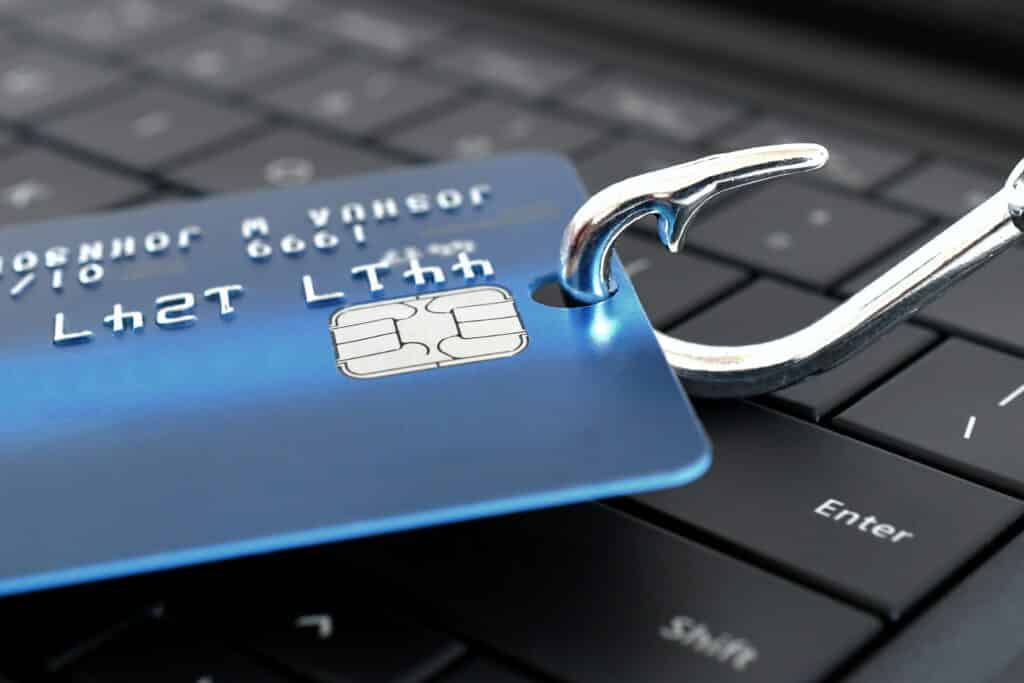NTG’s Guide to Avoiding Phishing Scams

Phishing scams have been around for a long time, but recently they’ve become more sophisticated and more dangerous. As a small business owner, it’s important to understand what phishing scams are, how they work, and how to protect yourself against them. Keep reading for a comprehensive overview of phishing scams and the steps you can take to stay safe.
What is Phishing?
At its core, phishing is an attempt to gain access to private information—such as usernames and passwords—by posing as a legitimate entity in an email or on the internet. While it is most often used to target individuals, businesses can also be victims of phishing attacks. These attacks come in many forms including emails that appear to be sent by legitimate companies or organizations, malicious websites that look identical to legitimate ones, or even fake social media profiles claiming to represent your business.
How Can You Spot A Phishing Scam?
The first step in protecting yourself from phishing scams is recognizing them when you see them. Be wary of any emails that ask for personal information or passwords; it’s almost certainly a scam.
Red Flags To Look For
When trying to identify phishing scams, there are several red flags you should keep an eye out for. Poor grammar is a common sign of a scam email; if the way the email is written doesn’t seem right, it’s best to proceed with caution. Another telltale sign is if the sender requests confidential information like your username and password or banking details—legitimate businesses will never ask for this via email. Be wary of any links in the message; if you hover over them with your mouse cursor and see that they don’t lead where they say they do, delete the email immediately. Additionally pay close attention to the sender line on emails—if it doesn’t match the company name associated with it then delete the message immediately.
Protect Yourself With Two-Factor Authentication
Another way to protect yourself is by setting up security measures like two-factor authentication (2FA) for logins on all of your accounts. This means that you will need both your username and password plus another form of verification (like a code sent via text message) before being able to log into your account. 2FA adds an extra layer of security which makes it much harder for scammers to access your accounts even if they do manage to get their hands on your login details. Finally, make sure all employees in your organization are aware of what phishing scams look like and how they can stay safe online.
Install Antivirus Software
Having antivirus software installed on all of your devices is an essential part of staying safe online. Antivirus programs can detect malicious software and alert you if anything suspicious is detected on your computer or mobile device. Additionally, many antivirus programs come with additional features that can help protect against phishing attempts, including website blockers and email scanners that will identify suspicious links or attachments before they can cause any damage.
Phishing scams are becoming increasingly common and sophisticated which makes them especially dangerous for businesses both large and small alike. The best way to protect yourself against these kinds of attacks is by staying vigilant; be wary of any emails asking for personal information, use two-factor authentication whenever possible, and educate employees about how they can spot these kinds of schemes online. By following these tips you should be well on your way towards keeping your business safe from phishers!